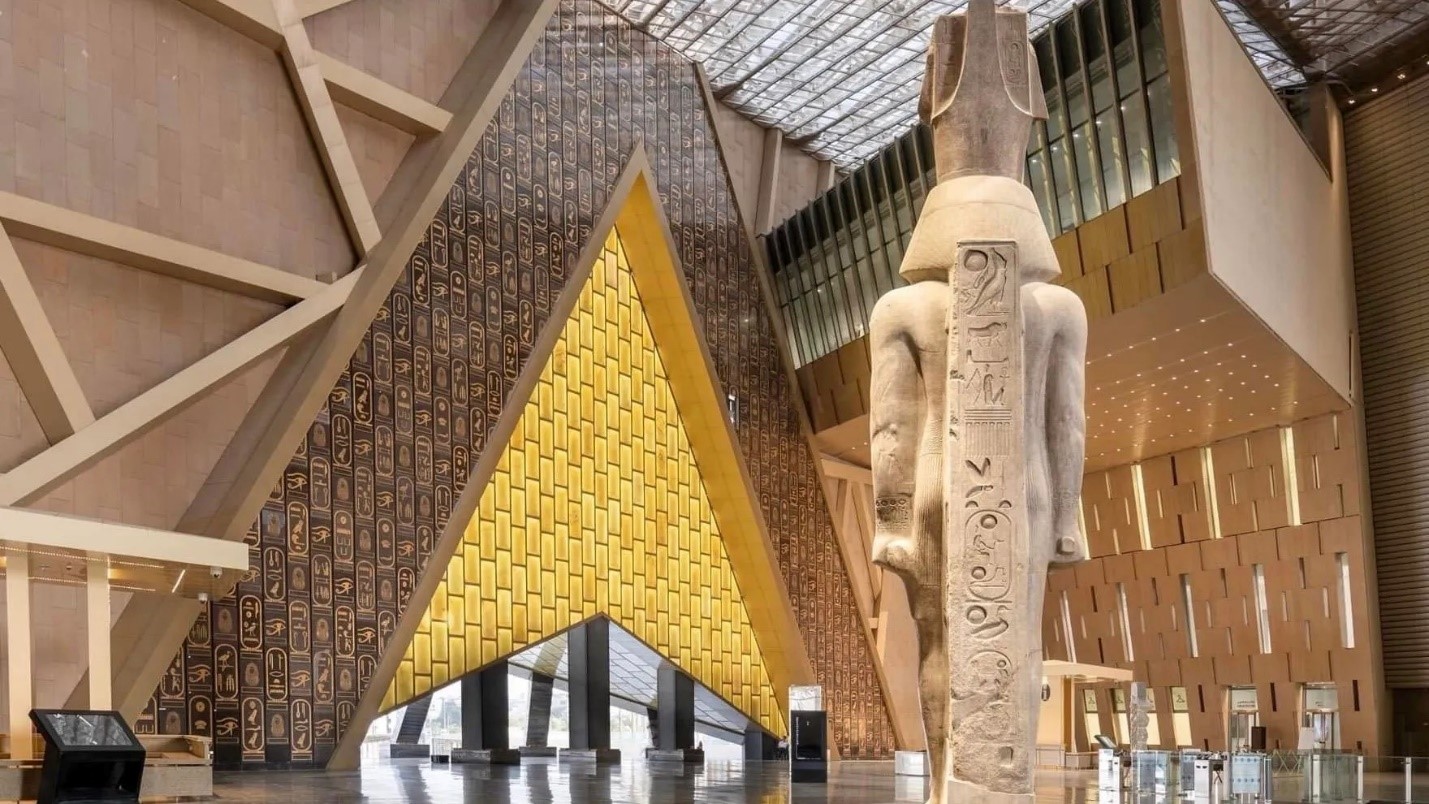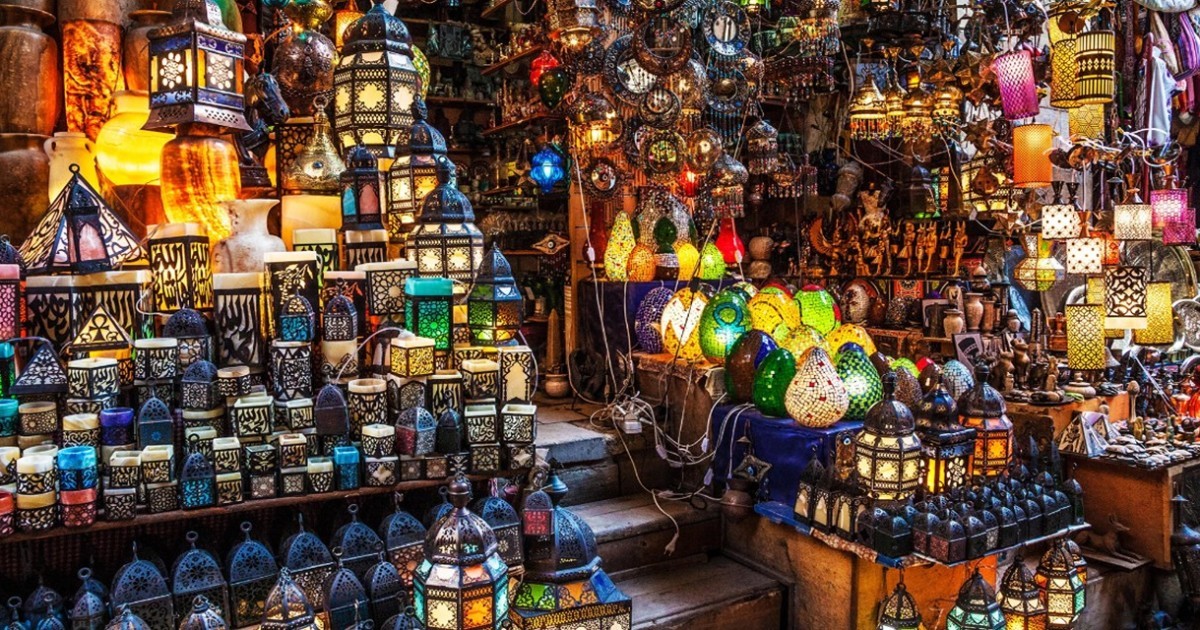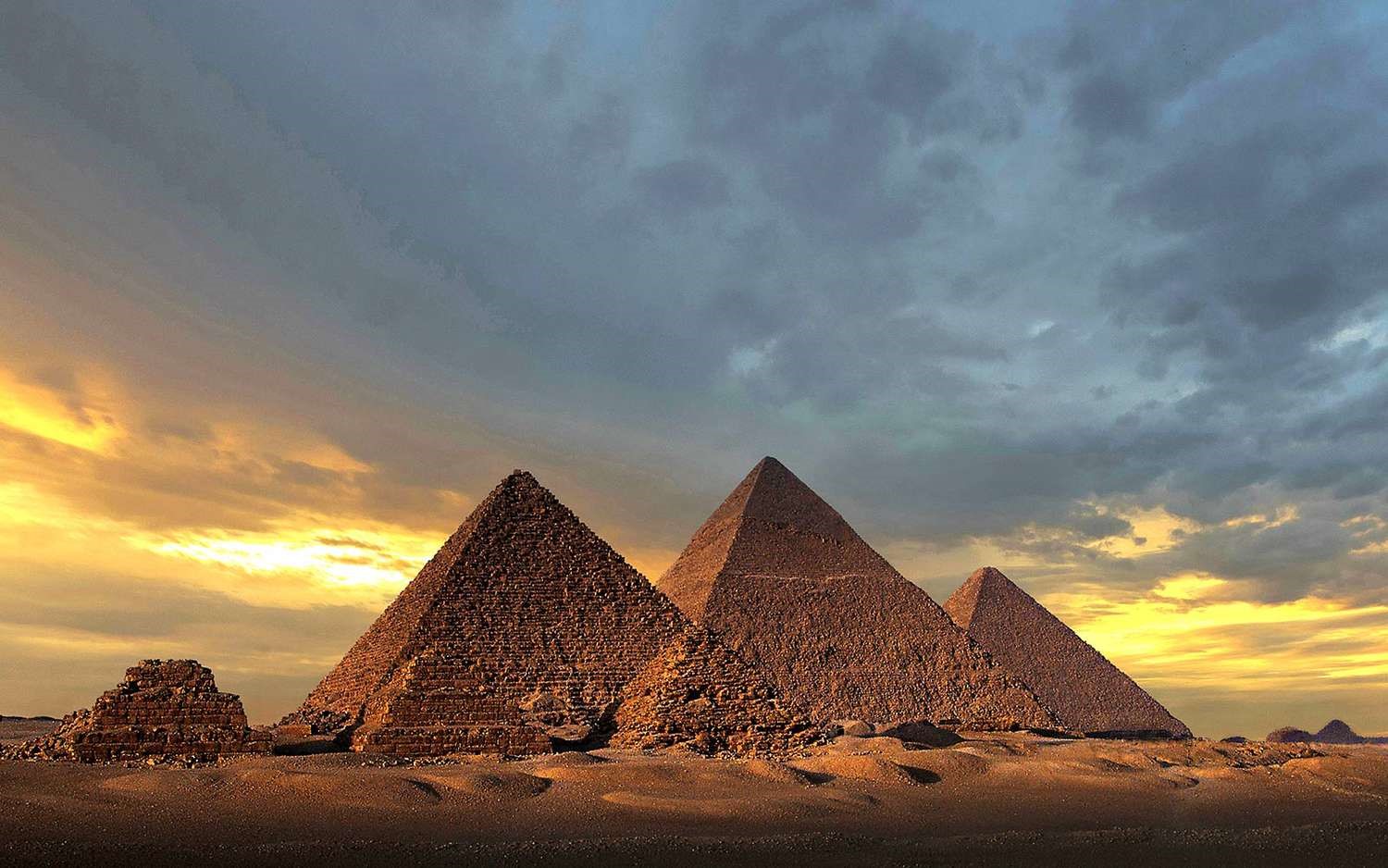Cultural Exploration
Day 1: Arrival in Cairo
Arrival in Cairo, transfer to your hotel.
Visit the Egyptian Museum to see ancient artifacts, including the treasures of Tutankhamun.
Explore the Khan El Khalili Bazaar for shopping and experiencing the local culture.
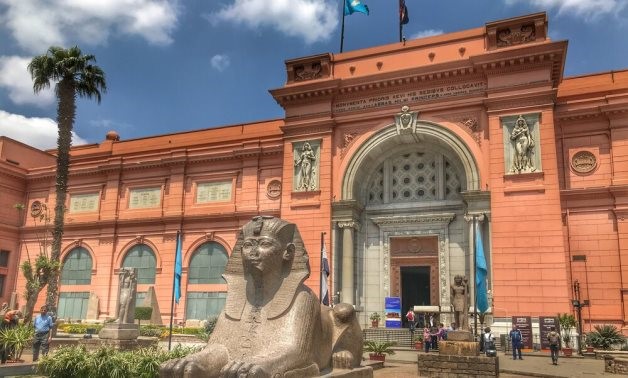
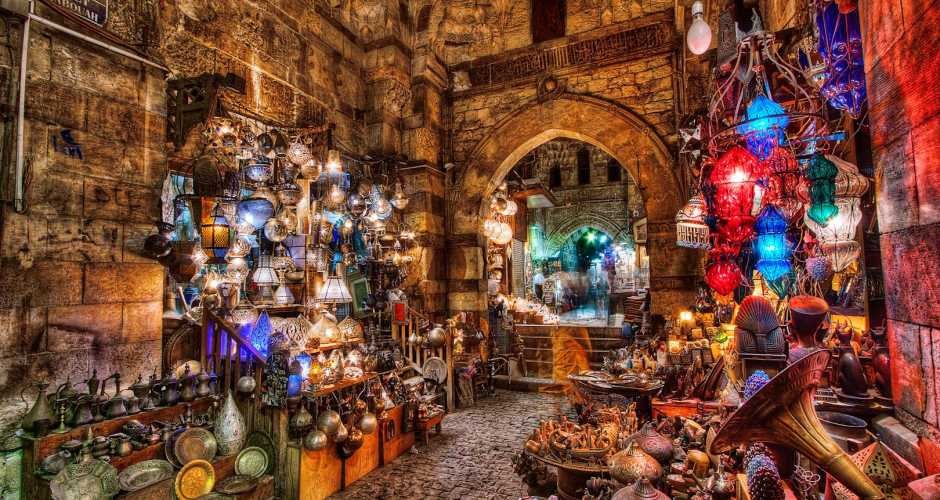
Egyptian Museum
The Museum of Egyptian Antiquities, commonly known as the Egyptian Museum, located in Cairo, Egypt, houses the largest collection of Egyptian antiquities in the world. It houses over 120,000 items, with a representative amount on display.Khan el-Khalili
Khan el-Khalili is a famous bazaar and souq in the historic center of Cairo, Egypt. Established as a center of trade in the Mamluk era and named for one of its several historic caravanserais, the bazaar district has since become one of Cairo's main attractions for tourists and Egyptians alike.
Day 2: Giza Pyramids and Sphinx
Journey to Giza to marvel at the Great Pyramids of Giza and the Sphinx. Visit the Solar Boat Museum to see the reconstructed ancient ship of Khufu. Enjoy a traditional Egyptian lunch overlooking the pyramids. Great Pyramids of Giza Great Pyramid of Giza, ancient Egyptian pyramid that is the largest of the three Pyramids of Giza, located on a rocky plateau on the west bank of the Nile River in northern Egypt. It was built by Khufu (Cheops), the second king of Egypt's 4th dynasty The pyramids are historically significant because they were constructed for religious and burial purposes. The pyramids of Giza were constructed to honor the pharaoh and to serve as his tomb after death. The pyramids are also evidence of the sophistication of ancient Egyptian societies.
sphinx
A sphinx is a mythical creature with the head of a human, the body of a lion, and the wings of an eagle. In Greek tradition, the sphinx is a treacherous and merciless being with the head of a woman, the haunches of a lion, and the wings of a bird.
Solar Boat Museum
The Giza Solar boat museum was dedicated to display the reconstructed Khufu ship, a solar barque of pharaoh Khufu. It was constructed between 1961 and 1982, just a few meters from where the Khufu ship was found, on the southern side of the Great Pyramid, on the Giza Plateau in Egypt.
Day 3: Luxor Exploration
Fly to Luxor, known as the world's greatest open-air museum. Explore the Karnak Temple Complex, dedicated to the gods Amun, Mut, and Khonsu. Visit the Luxor Temple, an ancient Egyptian temple complex. Luxor Luxor has frequently been characterized as the "world's greatest open-air museum", as the ruins of the Egyptian temple complexes at Karnak and Luxor stand within the modern city. Immediately opposite, across the River Nile, lie the monuments, temples and tombs of the west bank Theban Necropolis, which includes the Valley of the Kings and Valley of the Queens. Thousands of tourists from all around the world arrive annually to visit Luxor's monuments, contributing greatly to the economy of the modern city. Yusuf Abu al-Haggag is the patron saint of Luxor.
Karnak Temple Complex
The Karnak Temple Complex, commonly known as Karnak, comprises a vast mix of temples, pylons, chapels, and other buildings near Luxor, Egypt.
Luxor Temple
The Luxor Temple is a large Ancient Egyptian temple complex located on the east bank of the Nile River in the city today known as Luxor and was constructed approximately 1400 BCE. In the Egyptian language it was known as ipet resyt, "the southern sanctuary"
Day 4: Valley of the Kings and Queens
Discover the Valley of the Kings, the burial site of many pharaohs. Explore the Valley of the Queens, where the wives of pharaohs were buried. Visit the Colossi of Memnon, two massive stone statues of the Pharaoh Amenhotep III. Valley of the Kings The Valley of the Kings, also known as the Valley of the Gates of the Kings, is an area in Egypt where, for a period of nearly 500 years from the Eighteenth Dynasty to the Twentieth Dynasty, rock-cut tombs were excavated for pharaohs and powerful nobles under the New Kingdom of ancient Egypt.
Valley of the Queens
The Valley of the Queens is a site in Egypt, in which queens, princes, princesses, and other high ranking officials were buried. Pharaohs themselves were buried in the Valley of the Kings.
Colossi of Memnon
The Colossi of Memnon are two massive stone statues of the Pharaoh Amenhotep III, which stand at the front of the ruined Mortuary Temple of Amenhotep III, the largest temple in the Theban Necropolis.
Day 5: Nile River Cruise
Embark on a Nile River cruise, enjoying scenic views along the way. Visit the Temple of Edfu, dedicated to the falcon god Horus. Explore the Temple of Kom Ombo, dedicated to the gods Sobek and Horus. The Nile The Nile, which flows northward for 4,160 miles from east-central Africa to the Mediterranean, provided ancient Egypt with fertile soil and water for irrigation, as well as a means of transporting materials for building projects. Its vital waters enabled cities to sprout in the midst of a desert.
Temple of Edfu
The Temple of Edfu is an Egyptian temple located on the west bank of the Nile in Edfu, Upper Egypt. The city was known in the Hellenistic period and in Latin as Apollonopolis Magna, after the chief god Horus, who was identified as Apollo under the interpretatio graeca.
Temple of Kom Ombo
The Temple of Kom Ombo is an unusual double temple in the town of Kom Ombo in Aswan Governorate, Upper Egypt. It was constructed during the Ptolemaic dynasty, 180–47 BC. Some additions to it were later made during the Roman period.
Day 6: Departure from Luxor
Transfer to Luxor Airport for your return flight to Kenya. Estimated Cost: $1200-$1500 per person (excluding international flights) Egypt is a land of ancient wonders, where history comes alive amidst magnificent temples, towering pyramids, and bustling bazaars. From the iconic landmarks of Cairo to the tranquil banks of the Nile River, each day offers a new adventure filled with rich cultural experiences.


